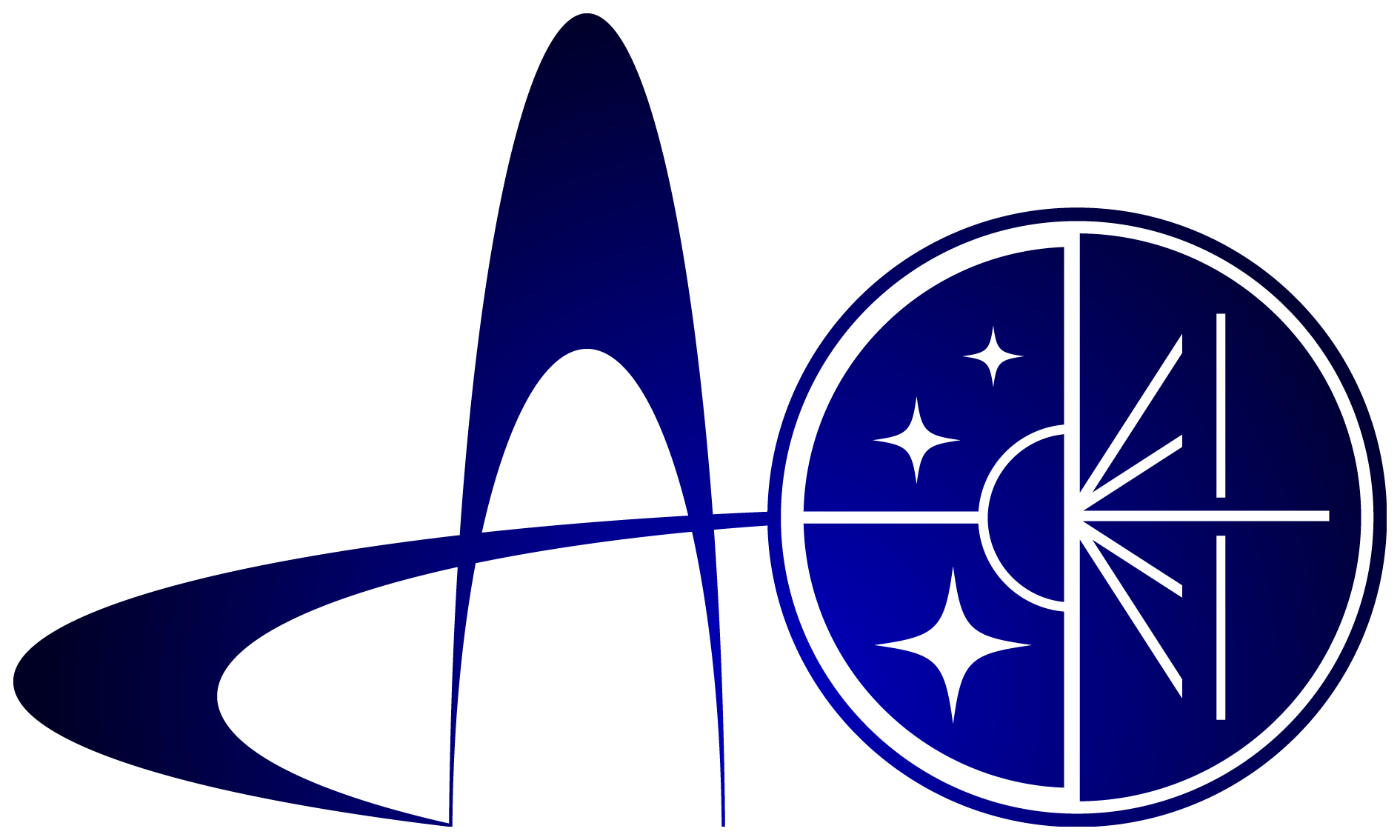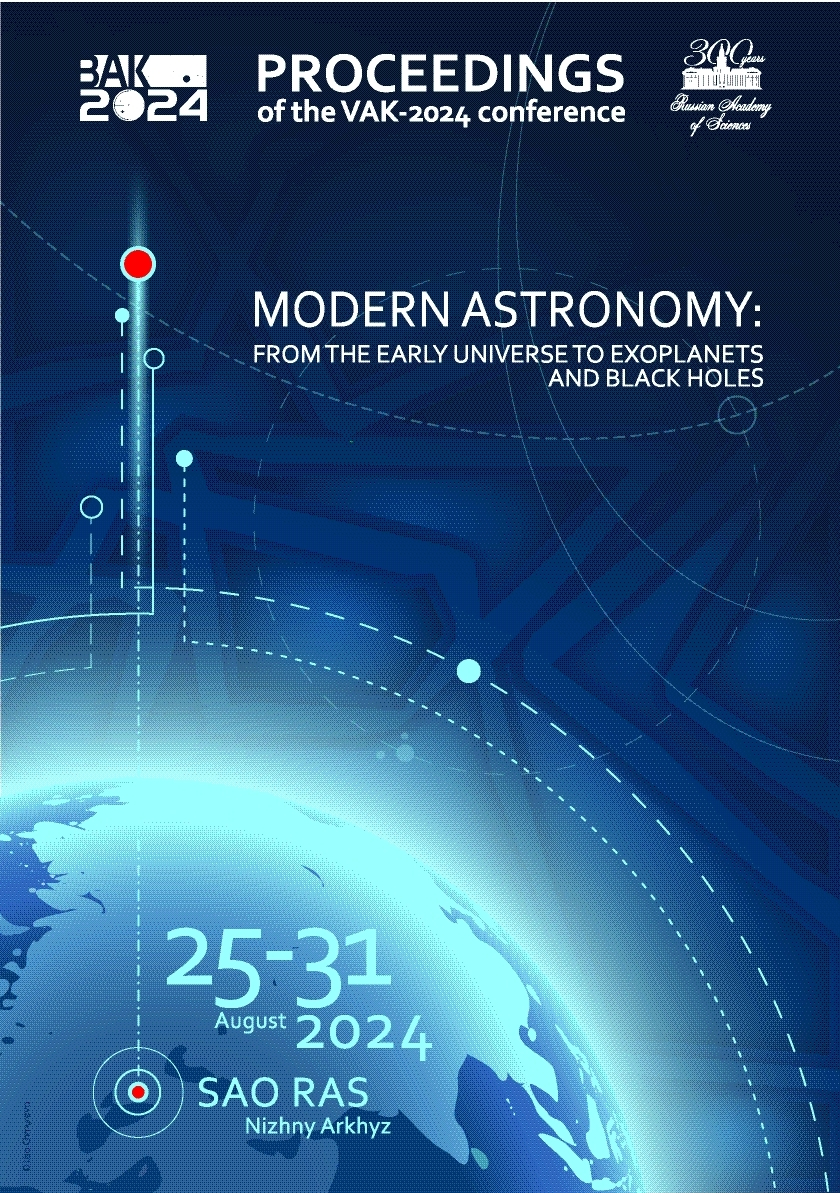Saint-Petersburg University
Chelyabinsk State University
UDC 53
UDC 520
UDC 521
UDC 523
UDC 524
UDC 52-1
UDC 52-6
CSCSTI 41.00
CSCSTI 29.35
CSCSTI 29.31
CSCSTI 29.33
CSCSTI 29.27
CSCSTI 29.05
Russian Classification of Professions by Education 03.06.01
Russian Classification of Professions by Education 03.05.01
Russian Classification of Professions by Education 03.04.03
Russian Library and Bibliographic Classification 2
Russian Library and Bibliographic Classification 223
Russian Trade and Bibliographic Classification 614
Russian Trade and Bibliographic Classification 6135
BISAC SCI004000 Astronomy
BISAC SCI005000 Physics / Astrophysics
We study numerically the gravitational fragmentation of a cylindrical molecular cloud with large-scale magnetic field. The simulations are performed with the help of the MHD code FLASH. We consider two cases: gravitational instability of the filament with initially deformed surface (model of Chandrasekhar and Fermi), and the instability of longitudinal compressible waves (model of Stodolkeiwicz). The simulations under typical parameters show that two types of the cores can be formed as a result of the fragmentation. Gravitational focusing leads to the formation of two massive clumps at the ends of filaments. Those cores move towards the cloud center with supersonic speeds. The instability of initial perturbations results in smaller evenly distributed cores inside the filament. The cores formed due to the instability of compressible waves have almost spherical shapes, while the cores resulted from the fragmentation of the filament with deformed surface are flattened. Typical sizes of the cores of 0.01–0.02 pc are in agreement with observations.
ISM: clouds, evolution, magnetic fields; magnetohydrodynamics (MHD); methods: numerical
1. André P., Di Francesco J., Ward-Thompson D., et al., 2014, Protostars and Planets VI, ed. Beuther H., Klessen R.S., Dullemond C.P., Henning T., p. 27
2. Barnes J. and Hut P., 1986, Nature, 326, 6096, p. 446
3. Chandrasekhar S. and Fermi E., 1953, Astrophysical journal, 118, p. 116
4. Dudorov A.E. and Khaibrakhmanov S.A., 2017, Open Astronomy, 26, 1, p. 285
5. Fryxell B., Olson K., Ricker P., et al., 2000, Astrophysical Journal Supplement, 131, 1, p. 273
6. Kirk J.M., Ward-Thompson D., Di Francesco J., et al., 2024, Monthly Notices of the Royal Astronomical Society, 532, 4, p. 4661
7. Konyves V., André Ph., Men'shchikov A., et al., 2015, Astronomy & Astrophysics, 584, id. A91
8. van Leer B., 1979, Journal of Computational Physics, 32, 1, p. 101
9. Ostriker J., 1964, Astrophysical Journal, 140, p. 1056
10. Seifried D. and Walch S., 2015, Monthly Notices of the Royal Astronomical Society, 452, 3, p. 2410
11. Stodólkiewicz J.S, 1963, Acta Astronomica, 13, p. 30
12. Sultanov I.M. and Khaibrakhmanov S.A., 2024, Astronomy Reports, 68, 1, p. 60





